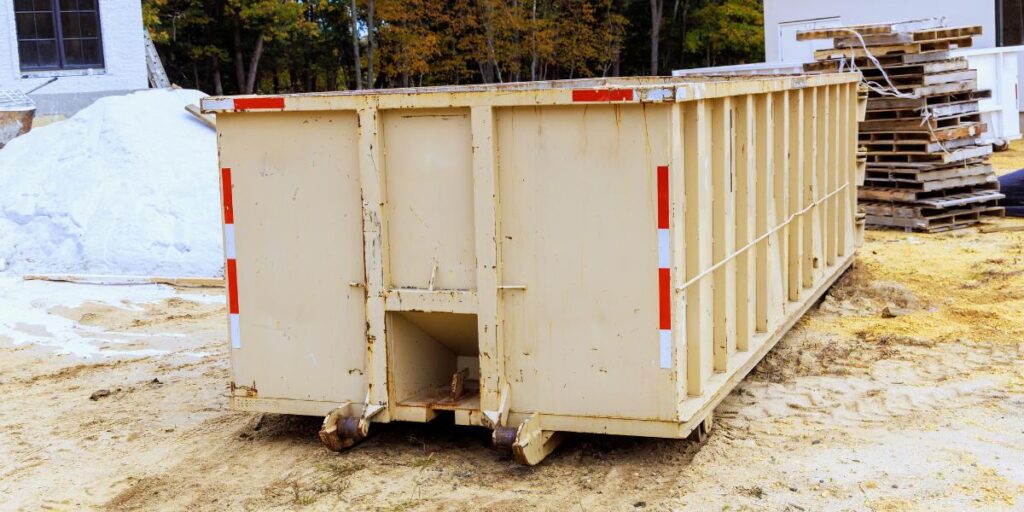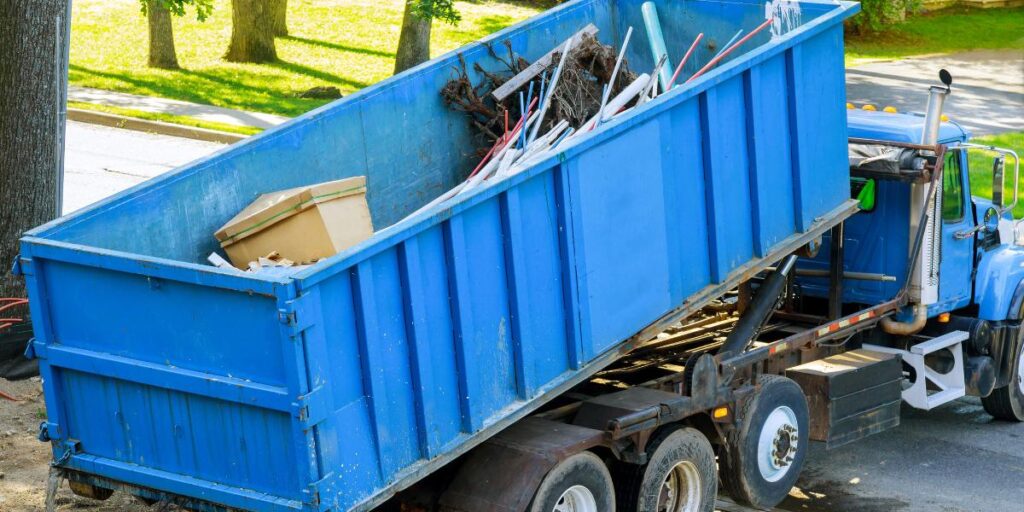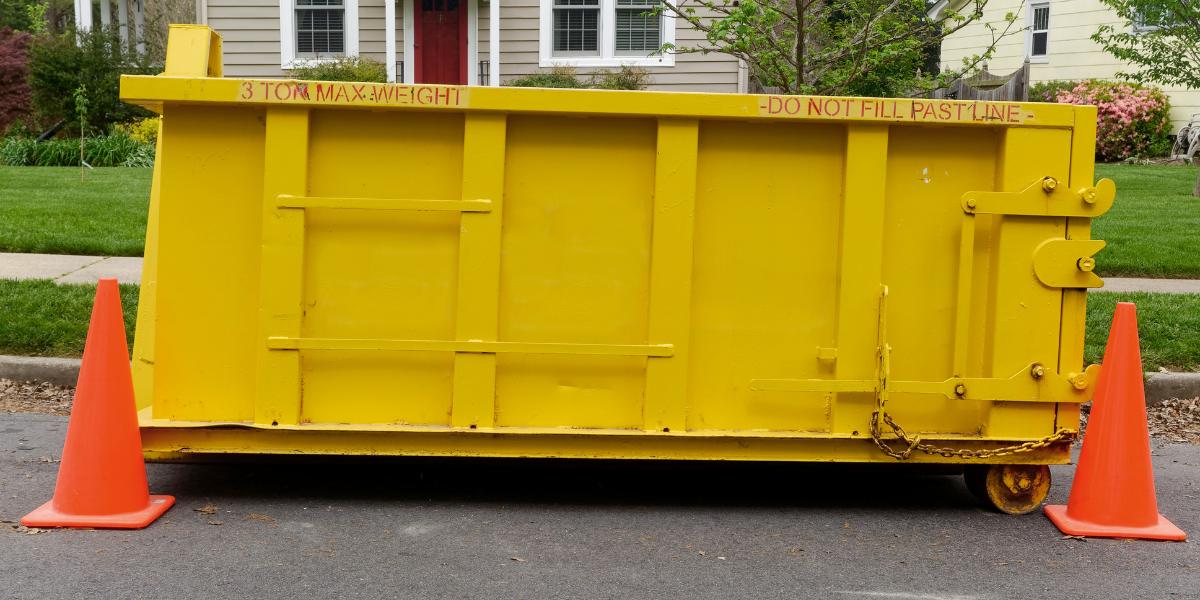Managing waste effectively is crucial for the success of any long-term project, whether it’s a construction site, major renovations, or ongoing commercial operations.
One of the key components of effective waste management is ensuring that dumpster pickups and replacements are scheduled regularly.
This not only keeps the site organized but also minimizes disruptions to the project timeline.
Here’s a comprehensive guide about How to Schedule Regular Dumpster Pickups and Replacements for Long-Term Projects?
Assess Your Waste Generation Needs
Before scheduling pickups, it’s essential to evaluate the amount and type of waste your project will generate. Consider the following factors:
Project Duration: Assess how long the project will last. Longer projects may require more frequent pickups due to the accumulation of waste over time.
Volume of Waste: Estimate the volume of waste generated weekly or monthly based on project activities. For example, a demolition phase may produce significantly more debris than later stages such as painting or finishing.
Types of Materials: Identify the types of materials you’ll be disposing of, as this will influence the dumpster size and service needed. Common types of waste include:
Construction debris: Wood, drywall, concrete, and metal.
Hazardous materials: Paints, solvents, or chemicals that may require special handling.
General waste: Non-recyclable items, packaging, and other trash.
Choose the Right Dumpster Size
Selecting the appropriate dumpster size is critical to accommodate your project’s waste needs without causing overflow or underutilization. Common sizes and their applications include:
10-Yard Dumpster: Suitable for small renovations, cleanouts, or minor landscaping projects, holding approximately 2 tons of material.
20-Yard Dumpster: Ideal for medium-sized projects such as home renovations or large cleanouts, accommodating around 3 tons of waste.
30-Yard Dumpster: Best for larger projects, like significant remodels or construction sites, holding approximately 4 tons of materials.
40-Yard Dumpster: Perfect for extensive construction, large commercial projects, or major events, capable of accommodating about 5 tons of waste.
Tip: Consult with your dumpster rental provider to help you choose the right size based on your waste assessment. They can provide insights into how much waste each size typically holds based on previous projects.
For a comprehensive range of sizes, consider Mad Trash in Denton.

Establish a Pickup Schedule
Once you have determined your waste generation needs and selected a dumpster size, it’s time to establish a pickup schedule. Consider these points:
Frequency of Pickups: Based on your waste volume, decide how often you need pickups. For large projects, this may be daily or weekly; for smaller projects, bi-weekly may suffice.
For example, if you anticipate heavy waste production during certain phases (e.g., demolition), schedule more frequent pickups during those periods.
Peak Times: Identify peak periods of waste generation and schedule pickups accordingly. For instance, you may need more frequent pickups during heavy demolition phases or right before major inspections.
Work Hours: Coordinate pickup times with your project’s working hours to minimize disruption. Early morning or late afternoon pickups may be ideal, especially when work hours are flexible.
Pro Tip: Utilize project management tools or software to track the pickup schedule alongside project milestones, ensuring coordination between waste removal and project progress.
If you’re in Saginaw, Mad Trash can provide a customized pickup schedule.
Communicate with Your Dumpster Rental Service
Effective communication with your dumpster rental service is key to ensuring smooth operations. Here’s how to maintain good communication:
Provide Clear Instructions: Inform the rental service about the pickup schedule, including the size and location of the dumpster, any specific site conditions (like accessibility issues or restricted areas), and preferred times for pickups.
Confirm Appointments: Verify all scheduled pickups in advance, ideally one to two days prior, to avoid any misunderstandings or missed appointments. Create a checklist of scheduled pickups and share it with your team and the rental service.
Flexible Arrangements: Be open to adjusting the schedule if project timelines change or if waste generation exceeds expectations. Discuss contingency plans with your rental service for unexpected surges in waste.
Residents in Hurst can benefit from Mad Trash’s dedicated support.

Monitor Waste Levels
Regularly monitoring the waste levels in your dumpster ensures you’re not overfilling it, which can lead to additional charges and safety hazards. Use the following methods:
Visual Inspections: Conduct regular site checks to evaluate how quickly the dumpster is filling. Assign a team member to oversee waste levels and report back to the project manager.
Maintain Logs: Keep detailed records of pickup dates and waste levels to identify trends over time. For instance, if you notice consistent overfilling, it may indicate that your current pickup schedule needs adjustment.
Stay Proactive: If you notice the dumpster filling up faster than anticipated, contact your rental service to arrange for more frequent pickups. A proactive approach will prevent disruptions to your project timeline.
Plan for Dumpster Replacements
As your project progresses, you may need to replace full dumpsters with empty ones. Here are steps to ensure a seamless replacement process:
Schedule Ahead: Coordinate dumpster replacements in advance, ideally as part of your pickup schedule. This helps to avoid downtime during critical project phases. A well-timed replacement can keep your workflow uninterrupted.
Avoid Overlap: Ensure that the pickup of a full dumpster doesn’t overlap with the delivery of a new one. Proper timing will ensure your site remains clear of waste, and you won’t have multiple trucks at the site at the same time, which can lead to congestion.
Communicate Site Changes: If your project layout changes (for instance, if your worksite expands or shrinks), inform your rental service so they can adjust their logistics accordingly. This includes notifying them of any new access points or areas that require special attention.

Evaluate and Adjust as Needed
Throughout the project, continuously assess your waste management practices and make adjustments as needed:
Gather Feedback: Seek input from your team on the efficiency of dumpster pickups and the overall waste management process. Regular team meetings provide an excellent opportunity to address issues and share suggestions.
Adapt Scheduling: Adjust pickup frequency or dumpster replacements based on actual waste production. For instance, if a specific project phase generates less waste than expected, you might reduce the pickup schedule accordingly.
Stay Informed: Stay informed about any changes in local waste disposal regulations that could impact your project, such as new recycling requirements, hazardous waste protocols, or changes in landfill availability.
Implement a Waste Management Plan
Creating a waste management plan can streamline the scheduling of pickups and replacements. This plan should include:
Clear Objectives: Define the goals of your waste management strategy, such as reducing landfill waste or increasing recycling rates.
Waste Types and Volumes: Document the types of waste generated and the estimated volumes for each project phase.
Schedule Overview: Include a detailed schedule for pickups and replacements, along with contact information for the dumpster rental service.
Responsibilities: Assign team members to oversee waste management tasks, including monitoring waste levels, communicating with the rental service, and ensuring compliance with disposal regulations.

FAQs on Scheduling Regular Dumpster Pickups and Replacements
How do I determine the right size dumpster for my project?
The right size dumpster depends on the volume and type of waste your project generates.
Evaluate the project’s duration, the amount of waste produced weekly or monthly, and the materials involved.
Consult with your dumpster rental provider for guidance on the appropriate size based on your waste assessment.
How often should I schedule dumpster pickups for a long-term project?
The frequency of dumpster pickups depends on the volume of waste generated. For large projects, pickups may be required daily or weekly.
Smaller projects may need pickups bi-weekly. It’s essential to monitor waste levels and adjust the schedule as needed to prevent overflow.
Can I change my pickup schedule if my waste generation changes?
Yes! Flexibility is key in waste management. If you notice an increase or decrease in waste generation, contact your dumpster rental service to adjust your pickup schedule accordingly.
Regular communication will ensure your waste management remains efficient.
What should I do if my dumpster is overflowing?
If your dumpster is overflowing, contact your rental service immediately to arrange for a pickup. Regularly monitor waste levels to avoid this situation in the future.
You may need to increase the frequency of pickups or choose a larger dumpster size for your project.
How can I prevent delays in dumpster pickups and replacements?
To prevent delays, establish a clear pickup schedule and communicate it effectively with your rental service.
Confirm appointments ahead of time and ensure the dumpster’s location is accessible for pickup trucks.
Keeping detailed records of pickup dates and any site changes can also help.
Are there any restrictions on what I can put in a dumpster?
Yes, there are typically restrictions on hazardous materials, chemicals, and certain types of waste (e.g., electronics, tires, appliances).
Check with your dumpster rental provider for a list of prohibited items and ensure you comply with local regulations.
How can I ensure my waste management plan is environmentally friendly?
To make your waste management plan environmentally friendly, separate recyclables and non-recyclables, choose a rental service that prioritizes recycling, and stay informed about local disposal regulations.
Implementing a waste diversion strategy can significantly reduce landfill waste.
Conclusion
Scheduling regular dumpster pickups and replacements is a vital aspect of managing waste for long-term projects.
By assessing your waste needs, selecting the right dumpster size, establishing a clear pickup schedule, and maintaining open communication with your rental service, you can ensure that your project remains organized and efficient.
Additionally, actively monitoring waste levels and being adaptable to changes will help you optimize your waste management strategy throughout the project.
With these practices in place, you can focus on delivering your project on time and within budget, without the hassle of waste management issues.
A proactive and well-structured waste management approach not only enhances project efficiency but also contributes to environmental sustainability by ensuring proper disposal and recycling practices are followed.
